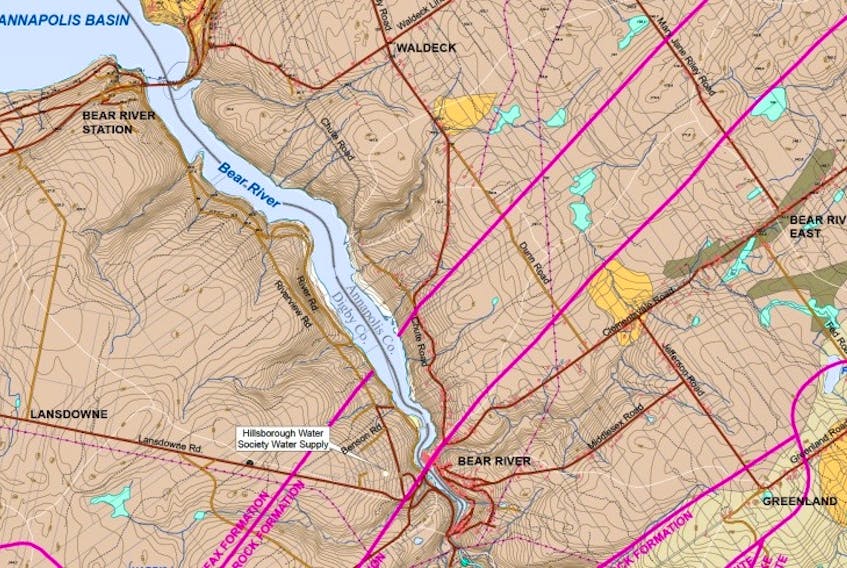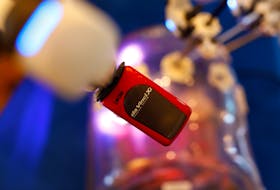BEAR RIVER, N.S. - A communal water supply in Bear River was a topic of discussion among several residents recently.
The Hillsbrough Water Society held it’s annual general meeting on Nov. 16 at the Sissiboo Coffee Roaster/Café. The meeting was to discuss improvements for the volunteer-run communal water supply that provides water for 18 homes and businesses in the area. The water system in Bear River was established in the early 1900’s.
Jonathan Welch, chair of the water society committee, said about 10 people showed up at the AGM to discuss improvements for the water source.
“We’re looking at going through and taking out any redundancies from the system such as curb-stops where there isn’t businesses or residences anymore because that’s a problem spot that may arise down the road in just general maintenance,” he said. “The other thing we’re looking at right now is pricing out flow metres to put on each of the houses and businesses so we can have a better idea on how to regulate our water and where it’s going so we can monitor it a little bit closer.”
Welch said those hooked up the Hillsbrough Water system pay a flat rate of $240 per year. He said if the society decides to add metres the cost may be restructured to include a flat rate and flow rate together.
“It might end up being $300 a year because there’d have to be some costs applied to paying off the flow metres. But that’s a presentation we’ll make to the society once we have the results back. We’re looking at a couple different types of flow metres.”
Bear River is a small village where the river itself acts as the border between Annapolis and Digby counties.
Welch noted that the Hillsbrough Water Society is looking into the idea of expanding its customer base in the future.
“One of the projects that we’re working with the municipality of Annapolis is the possibility of them bringing the water across (the river). What they’re looking at now is they’re doing a feasibility study on the possibility of putting in a comfort station, which is basically bathroom facilities on the waterfront. From that, there’s a possible opportunity…that the business community could tap into.”
Welch said about 30 customers in total could be brought in under the current volunteer-run water system.
“After that, the whole facility has to change. There’s a whole lot of government legislation that dictates how water systems are supposed to be set up. And after 30 taps, everything changes.”
Welch said the Hillsbrough water supply system started off being very basic and has come a long way in the past 100 years.
“It was just a hole in the ground lined with granite…There was a pipe at the bottom of it with a screen over it so it was quite rudimentary.”
He said the water system infrastructure is now in good shape as items have been upgraded in recent memory.
“When we took over 10 years ago from the previous president, there was a drilled well going into a rock reservoir. We removed the rock reservoir and with the help of the municipality of Digby, we were able to purchase a couple of fibre glass…containers…So we’ve got a reserve of 15,000 gallons that we pump into from the drilled well that gravity feeds down into the village. And we have a separate utility shed up there that also holds all of our electrical. So that was a huge upgrade for us a few years ago.”
Welch concluded that water is also tested routinely to meet safety and water quality guidelines.
“We do have to comply with health and safety guidelines put out by the Nova Scotia government. So we do daily testing for chlorine counts to make sure that those are in the proper range and we do a quarterly…water sample to see if there’s bacteria count.”









